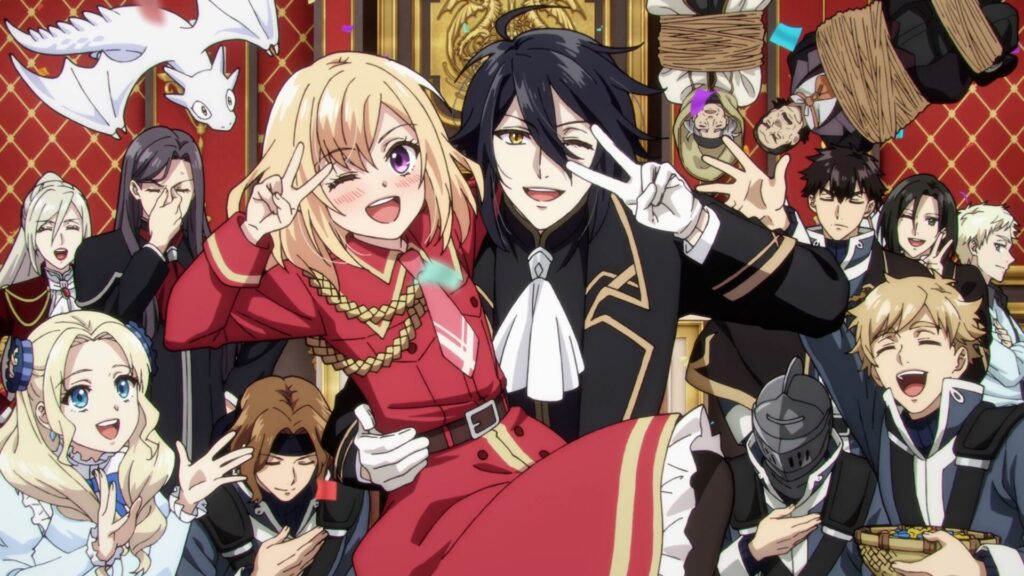introduction
Anime fans around the world may have noticed that many protagonists in anime are young teens.
This isn’t by chance; there are significant cultural, creative, and economic reasons behind this trend.
Let’s delve into why anime commonly features youthful characters and what makes them so appealing!
1. Relatability for the Target Audience

Anime primarily targets teens and young adults, so having main characters in the same age range helps viewers relate to them.
Adolescence is filled with transformative experiences, making it an ideal age for characters undergoing personal growth, discovering their strengths, and forming bonds.
These storylines resonate deeply with a younger audience, which is why many creators choose to tell stories from a teen’s perspective.
Example: Popular anime like Naruto and My Hero Academia show teens facing challenges, discovering their powers, and learning valuable life lessons – all themes young viewers can connect with.
2. The Appeal of Coming-of-Age Stories

One of the strongest themes in anime is personal growth. Teen characters offer the perfect foundation for a “coming-of-age” narrative, where viewers watch characters develop emotionally, physically, and mentally.
The journey of self-discovery, forming friendships, and facing obstacles is a natural fit for anime, making teens ideal protagonists for such engaging narratives.
Example: In Attack on Titan, we follow young characters who evolve as they navigate survival in a harsh world, facing unimaginable challenges that test their resolve and character.
3. Escapism and Fantasy

Young protagonists allow viewers, regardless of their age, to indulge in a form of escapism.
A young hero or heroine represents boundless potential and limitless possibilities, which makes their journeys exciting and adventurous.
Fans can imagine themselves in the character’s shoes, experiencing thrilling adventures and magical transformations they wouldn’t encounter in daily life.
Example: In Sword Art Online, teenage characters are transported to a virtual world where they must survive by relying on their skills, offering viewers a taste of adventure and resilience in a fantastical setting.
4. Marketing and Merchandise Strategy

Anime production often involves partnerships with companies that produce toys, clothing, and other merchandise.
Teen characters tend to attract a more extensive fanbase who are likely to purchase related products.
By featuring younger characters, production studios appeal to a broader audience and create marketing opportunities.
Example: Demon Slayer’s young characters resonate with fans globally, leading to a highly successful line of figures, apparel, and other merchandise.
5. Why Not More Adult Protagonists?

Creating anime with adult protagonists involves complex social themes and a focus on realism, which may not align with the escapist quality anime is known for.
Adult characters often bring in storylines involving work, family responsibilities, and real-world limitations, which can make them less appealing in genres focusing on action, fantasy, and adventure.
However, there are exceptions!
Some anime series, particularly in the slice-of-life or psychological genres, feature adult characters and explore themes suited to a mature audience.
These series tend to air in late-night slots and target a smaller but dedicated viewer base.
Example: Cowboy Bebop and Psycho-Pass are examples of popular anime with adult leads, focusing on deeper societal issues and complex narratives.
The Unique Role of Young Heroes in Japanese Storytelling

In Japan, there is a strong cultural admiration for youthful innocence and determination.
Stories of young characters often embody themes of resilience, teamwork, and self-discovery, values deeply rooted in Japanese culture.
By depicting teen protagonists who embody these traits, anime not only entertains but also reinforces positive social values that resonate with Japanese and international audiences alike.
Conclusion
Anime’s preference for teen characters reflects not only production choices and target audience needs but also deep-rooted storytelling traditions.
Whether they’re facing supernatural threats, exploring new worlds, or simply navigating school life, young anime characters continue to captivate audiences worldwide.
By understanding this unique characteristic, international fans can appreciate anime on a new level and better connect with the cultural aspects driving these stories.






コメント